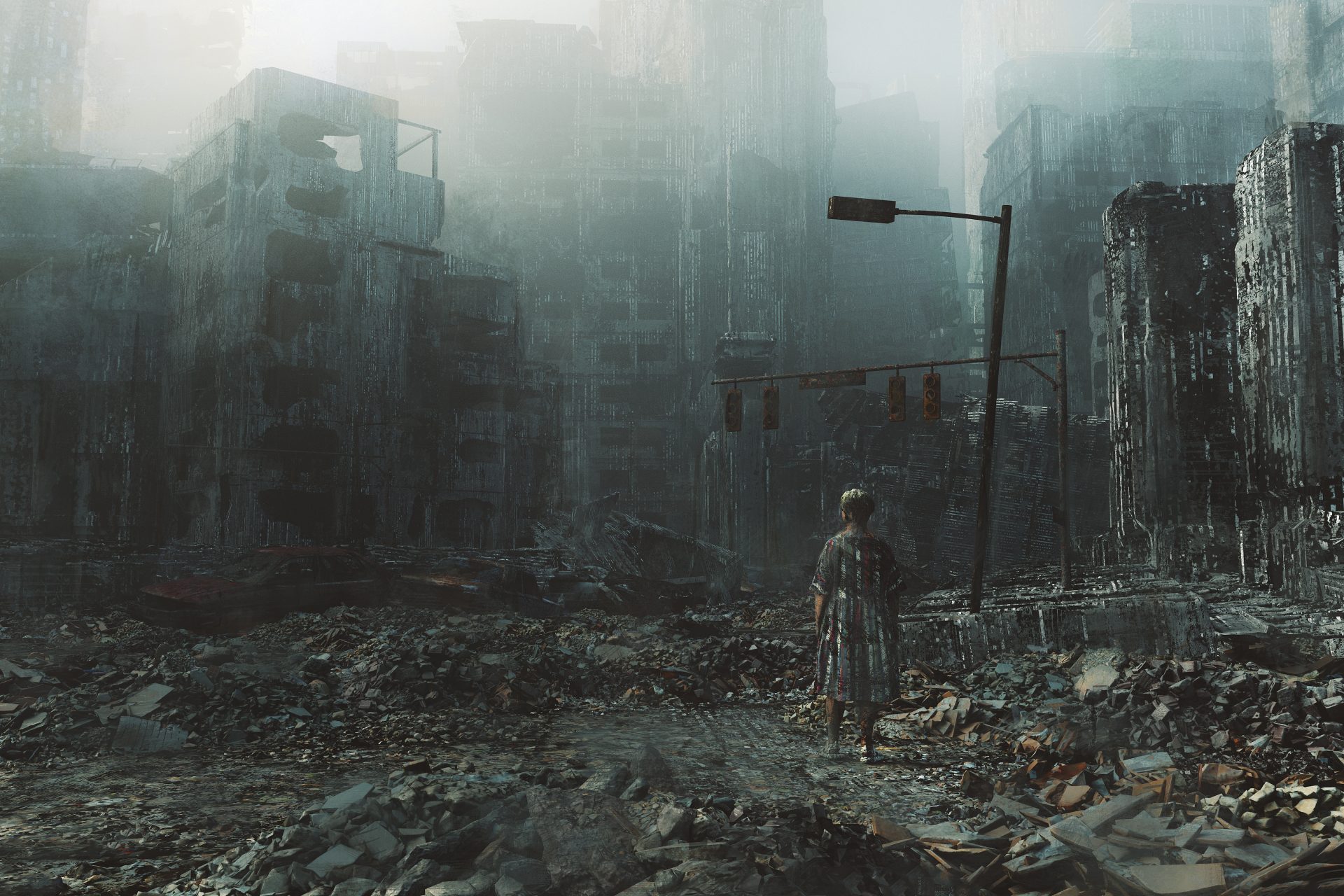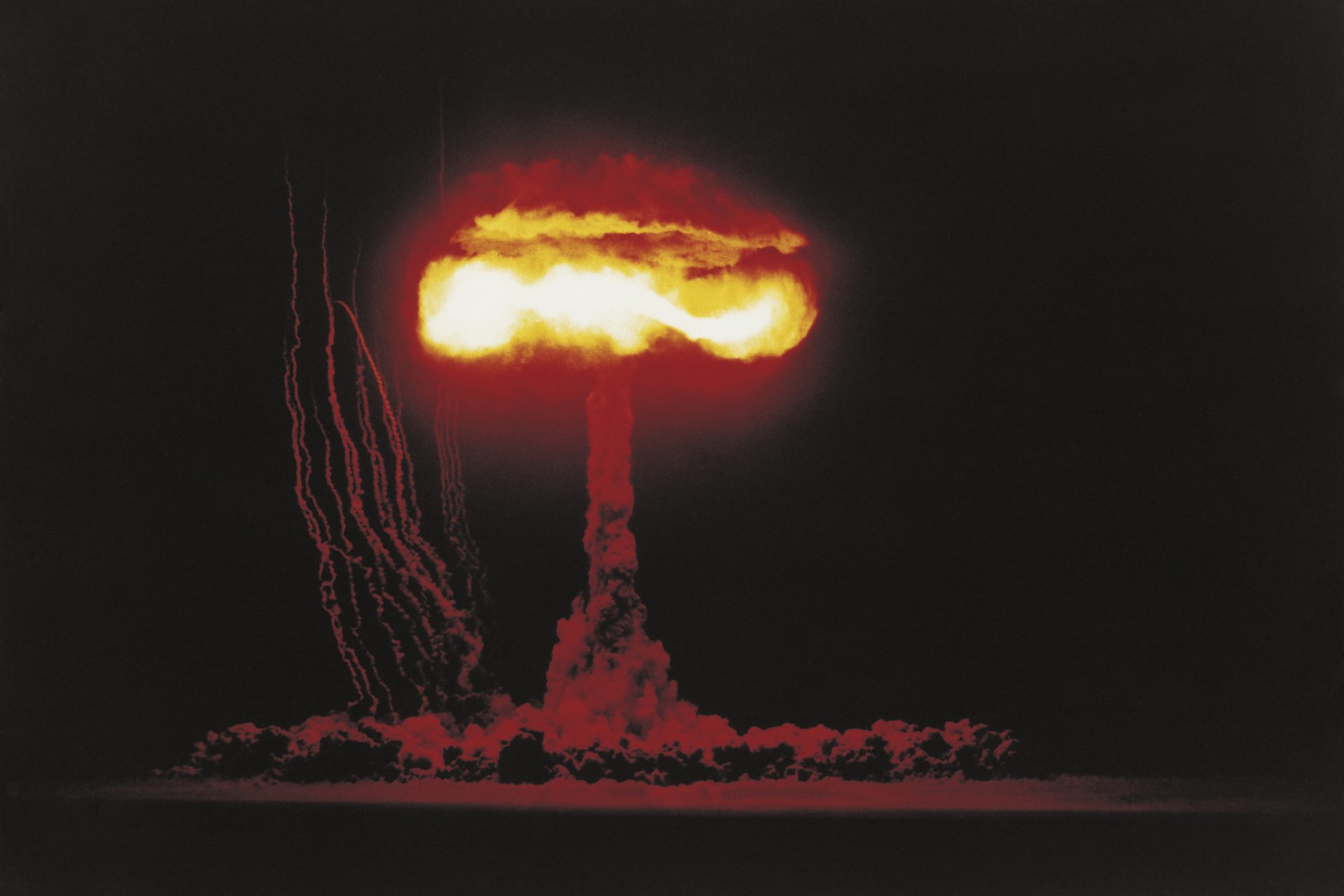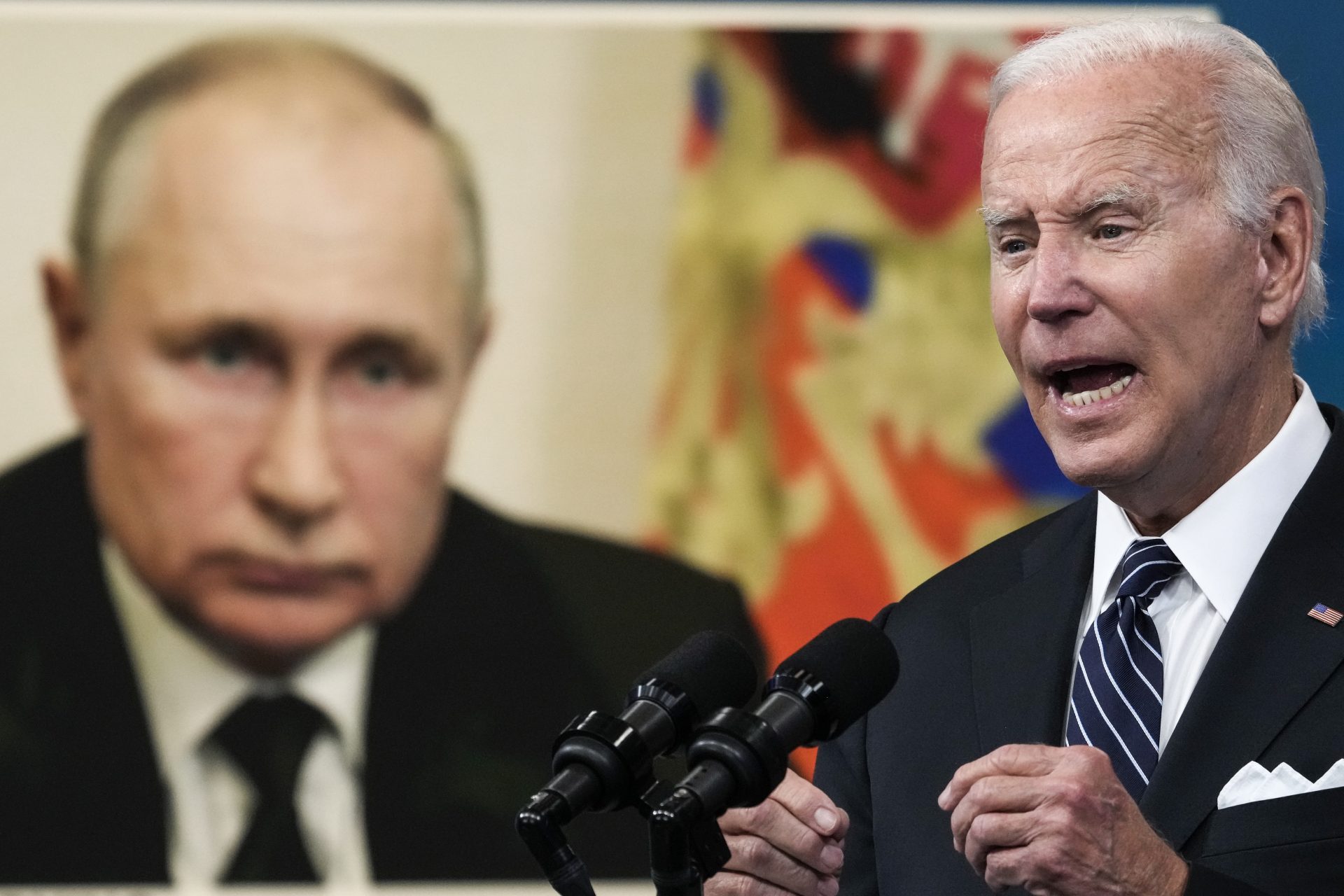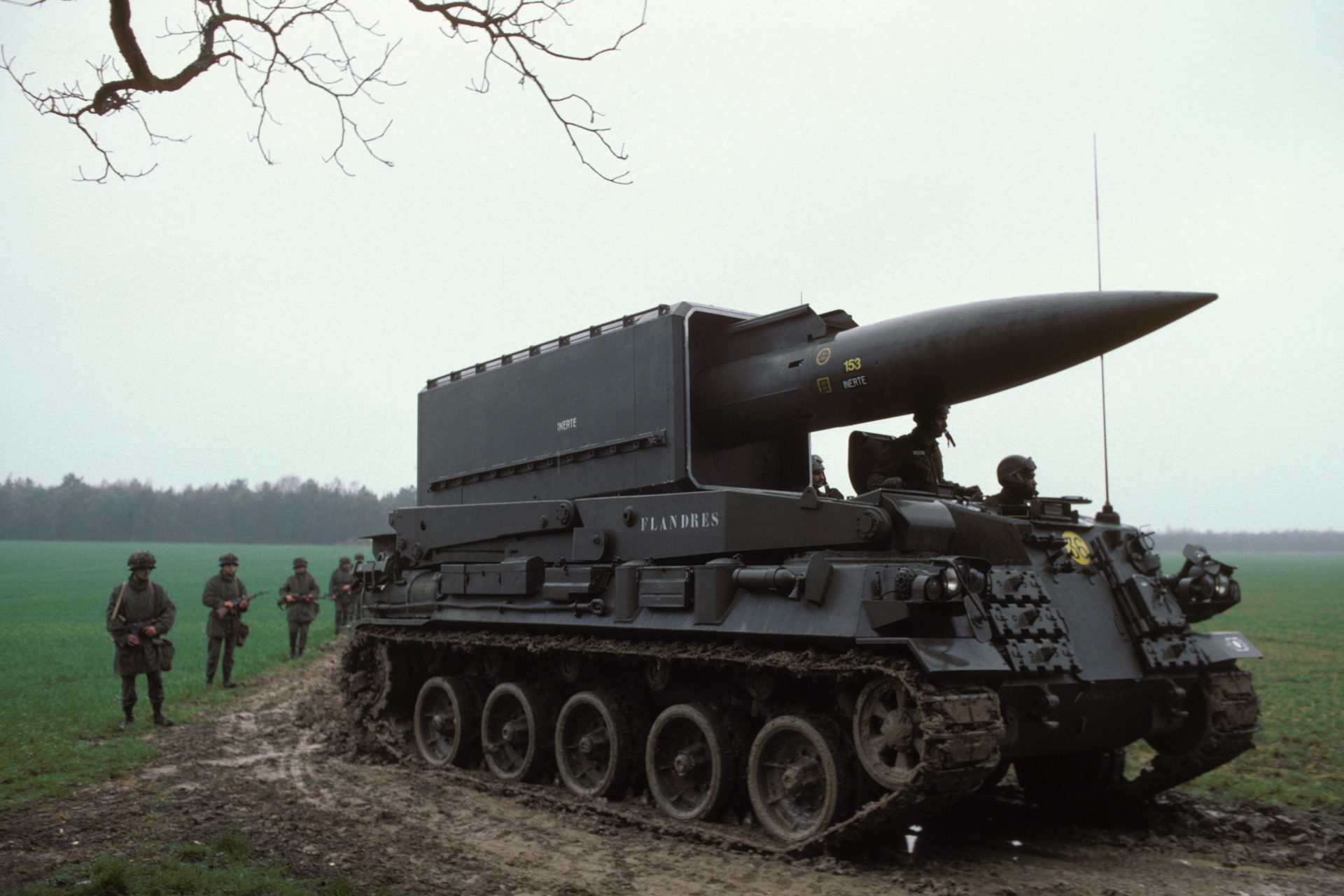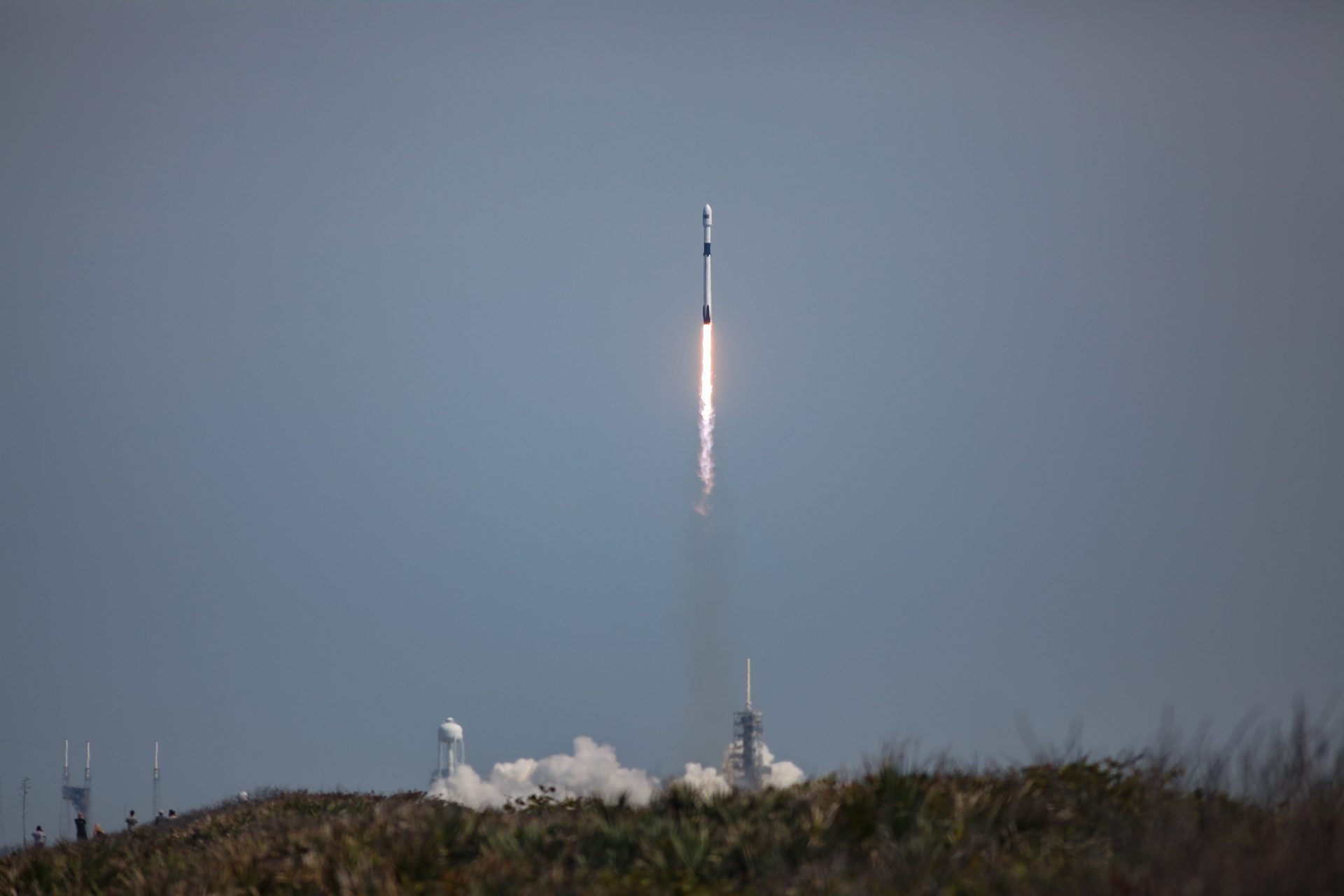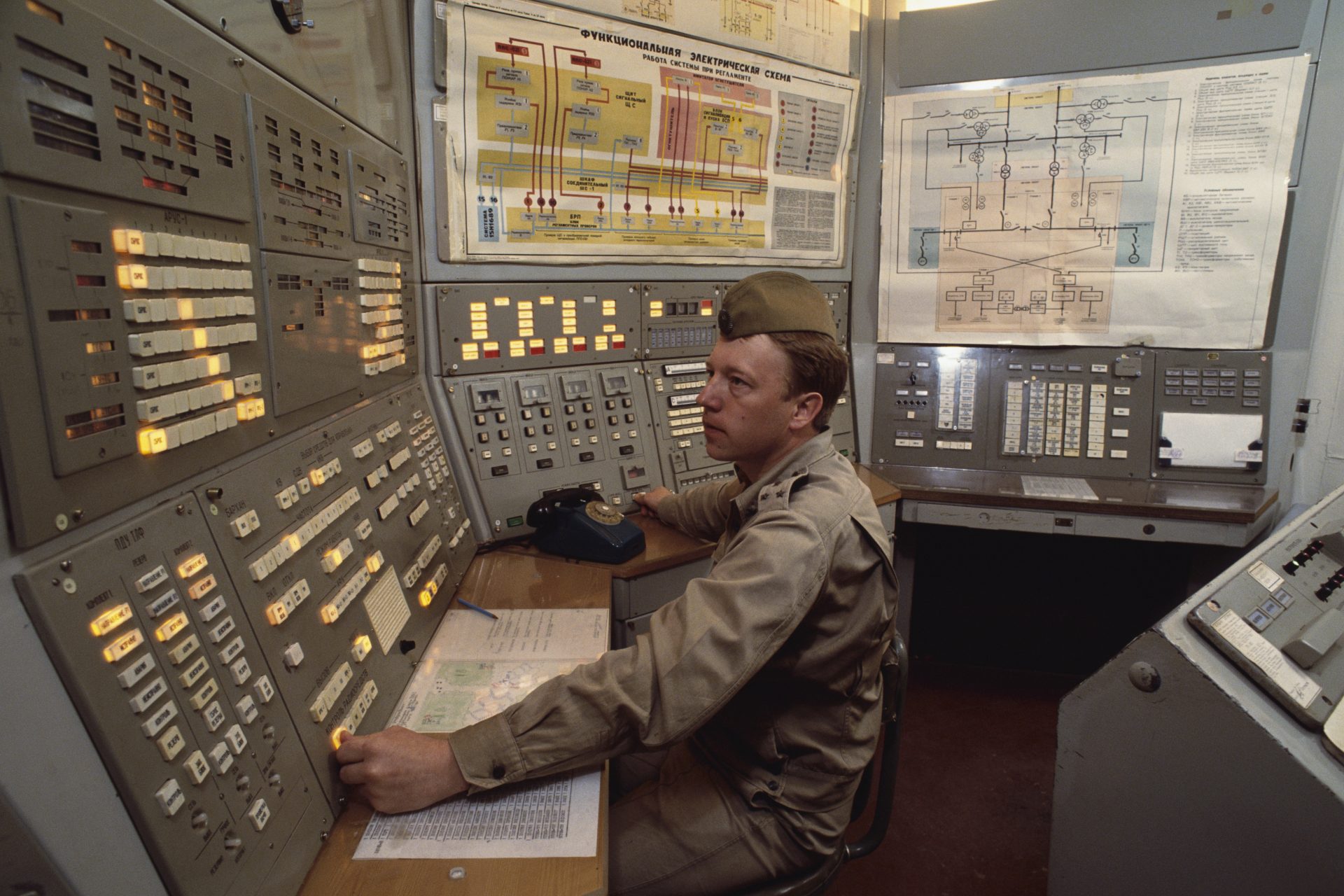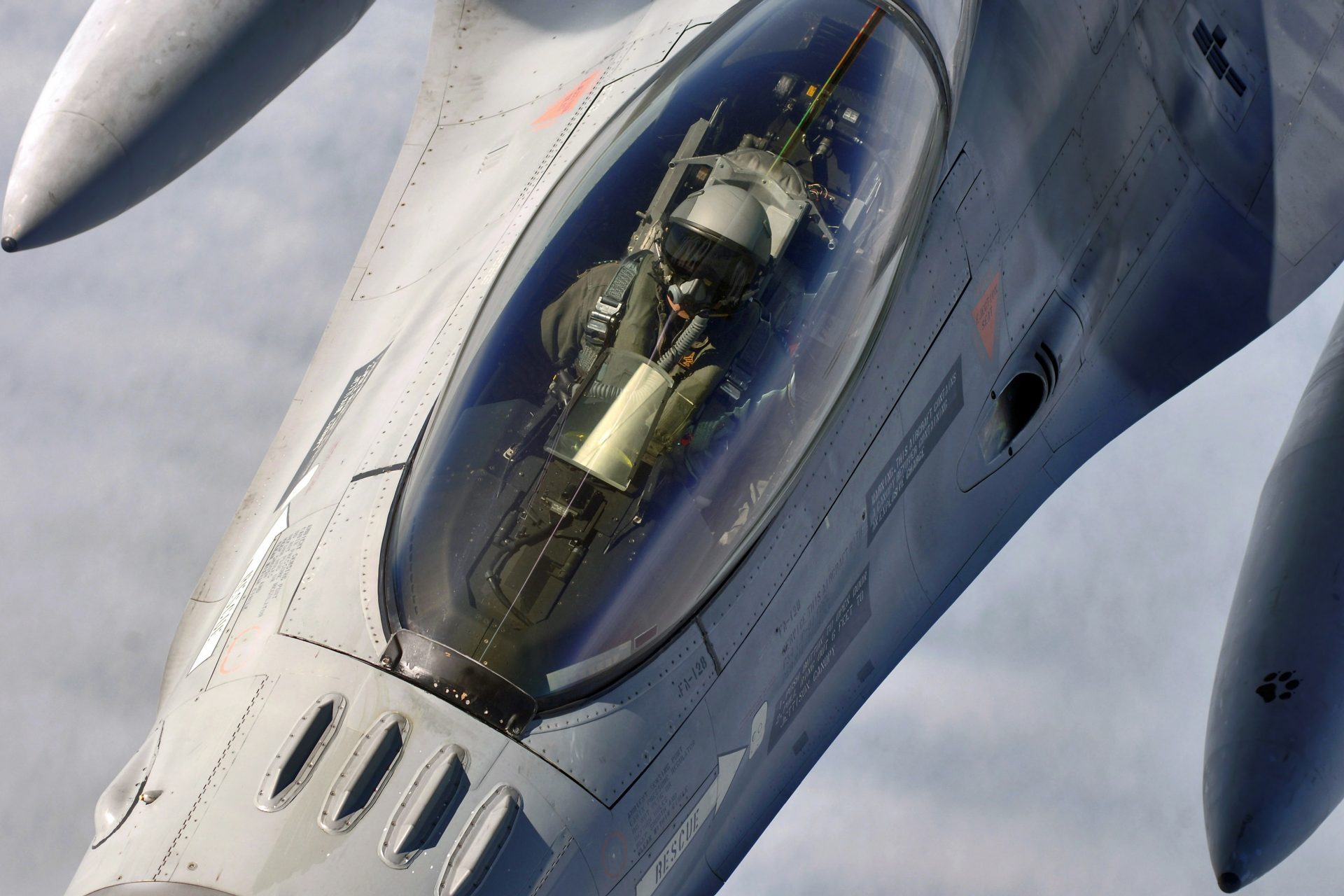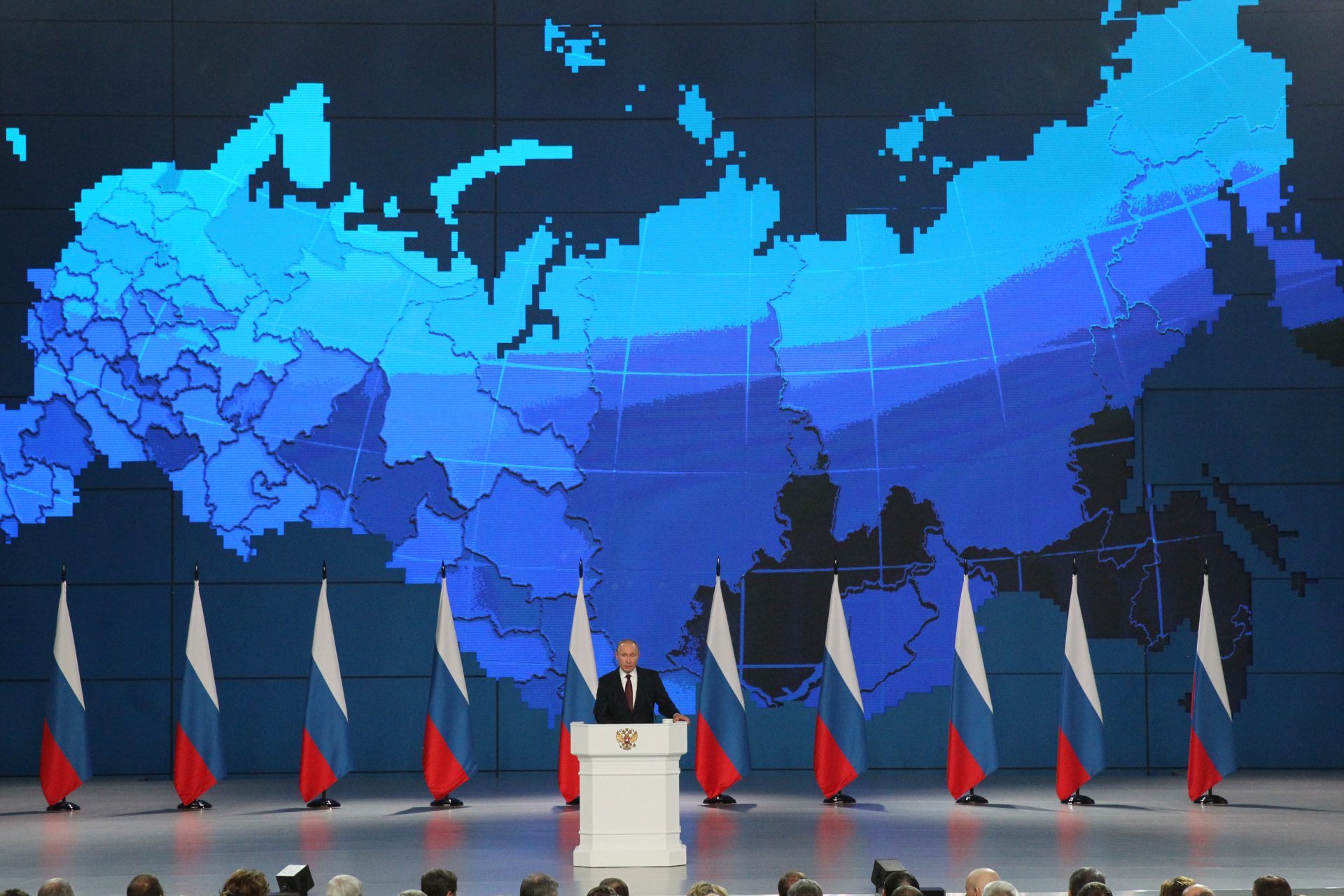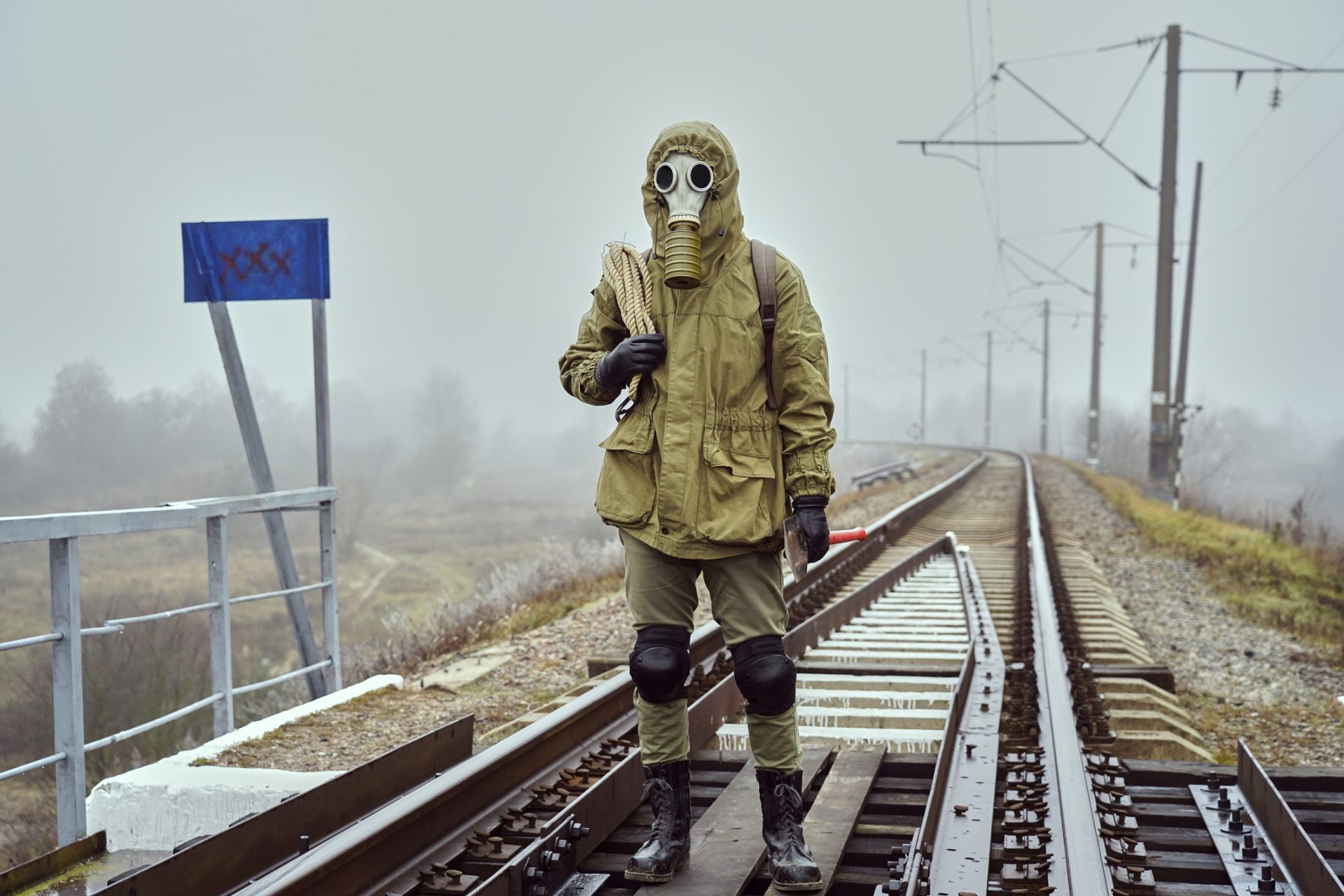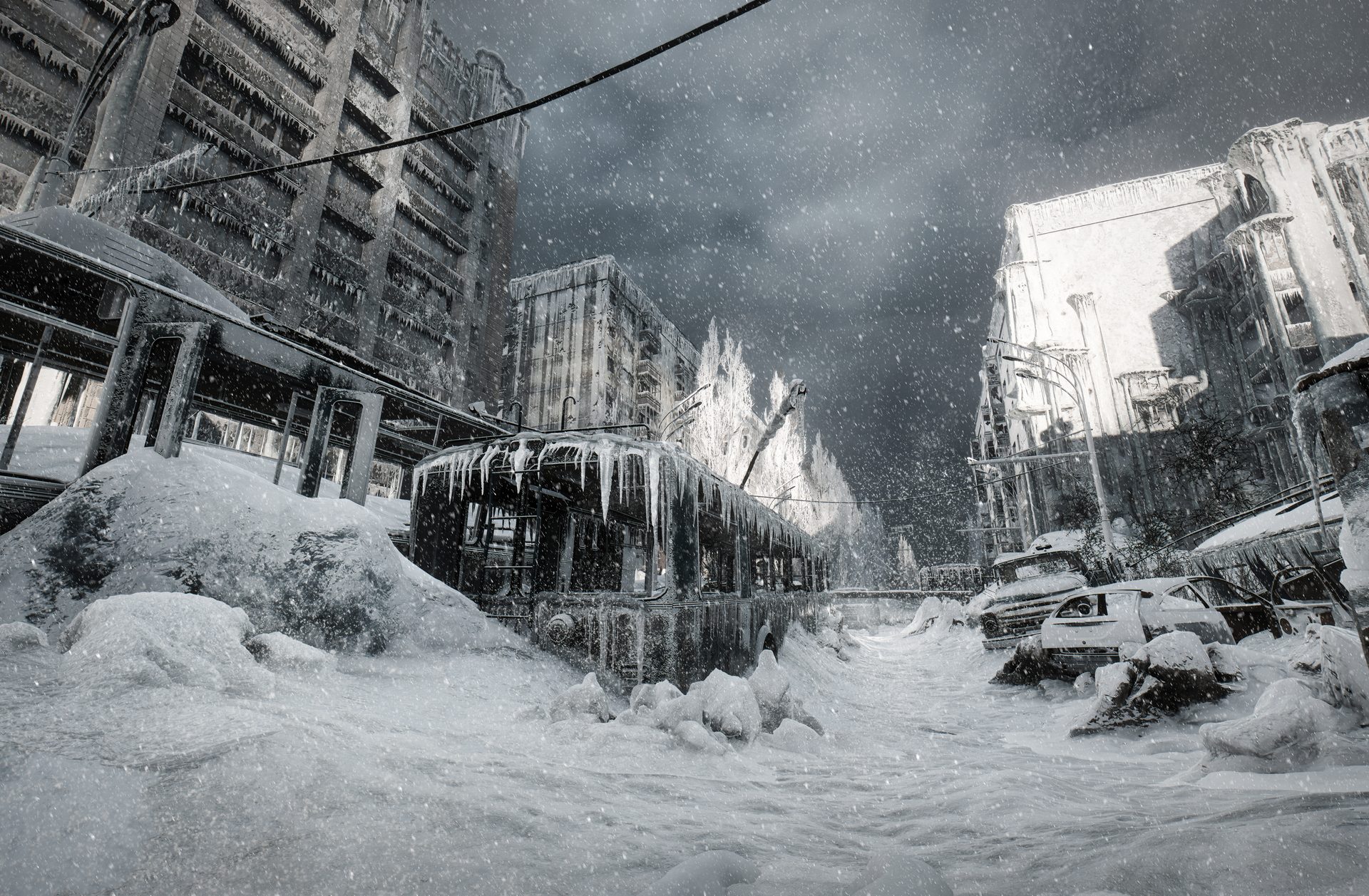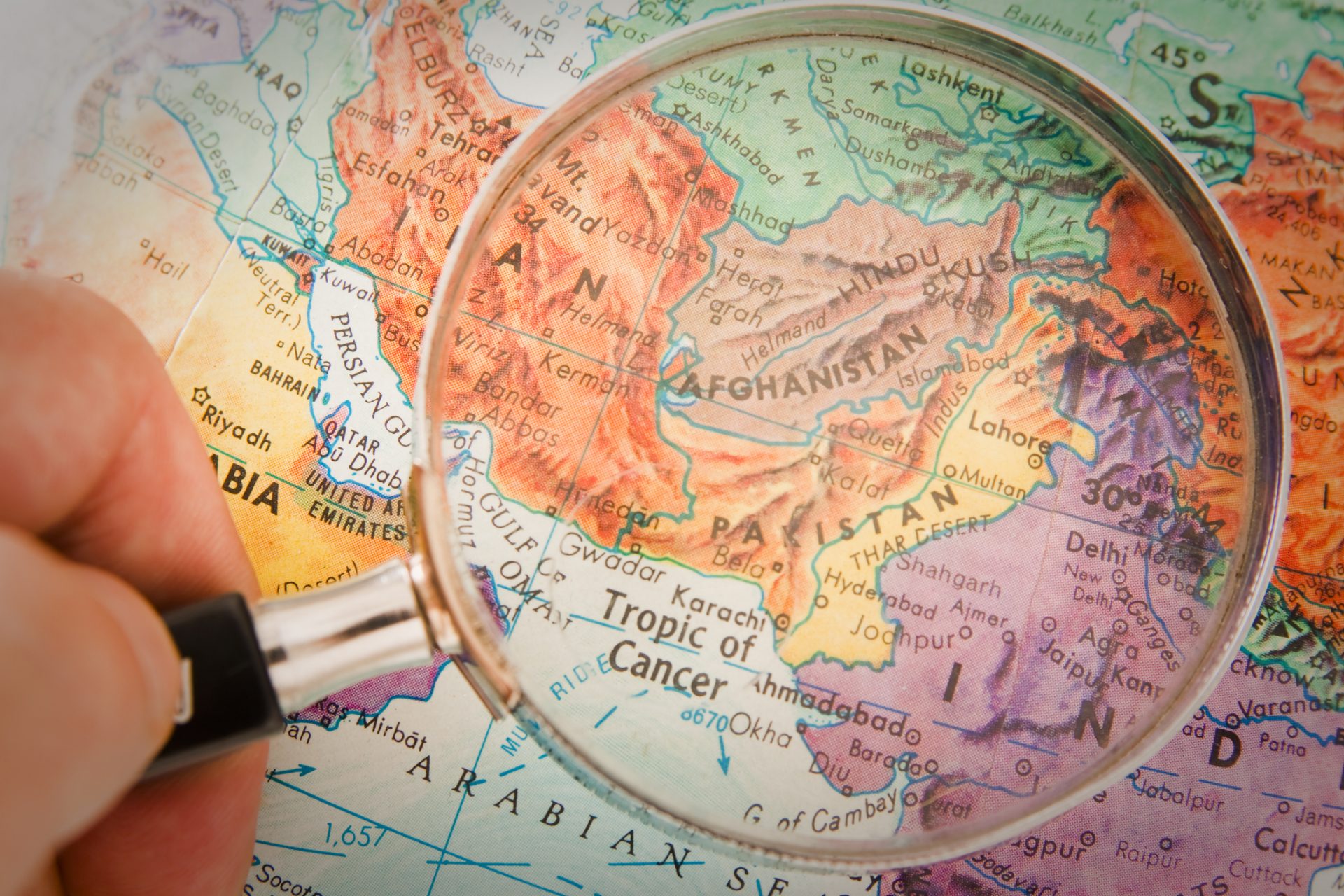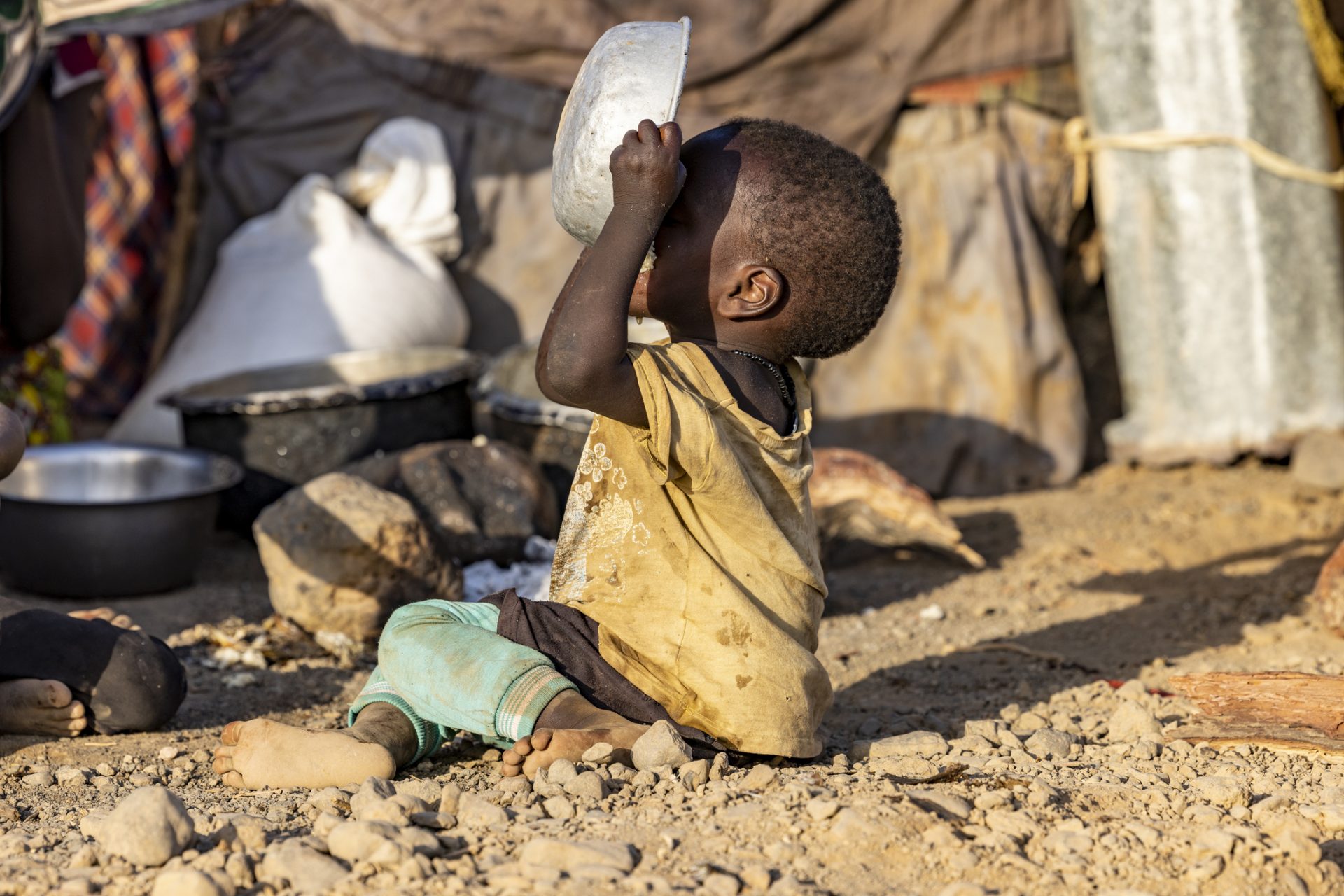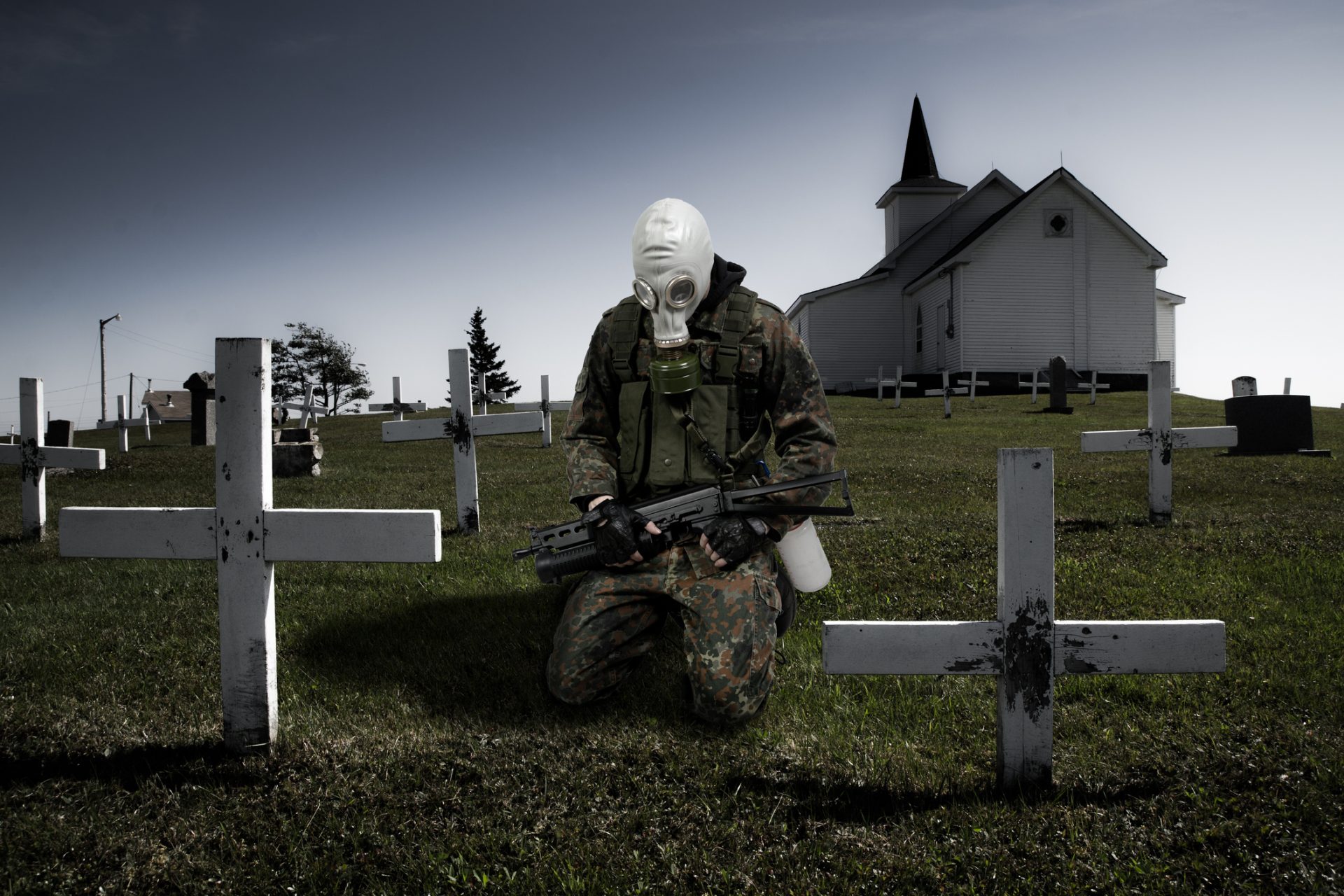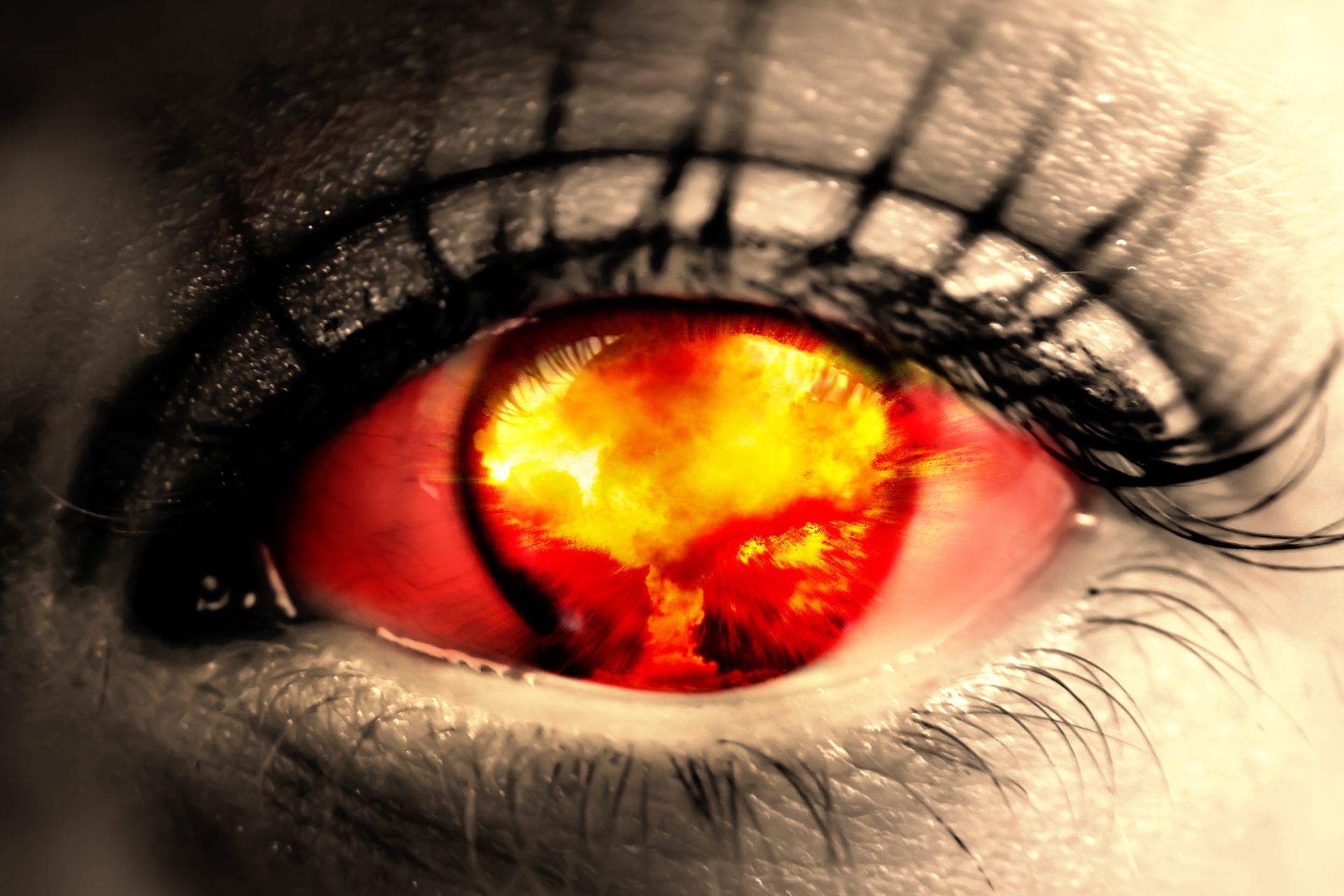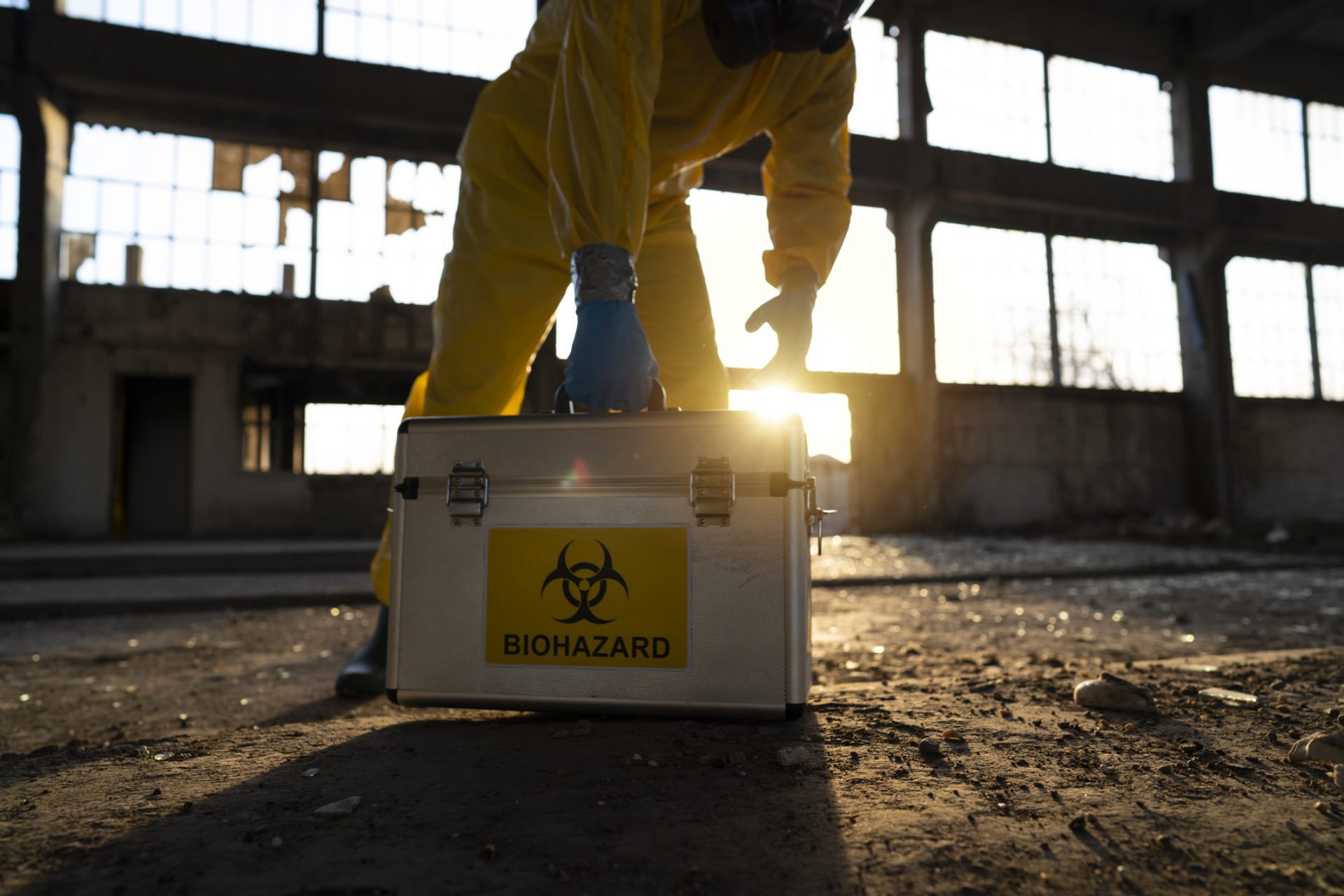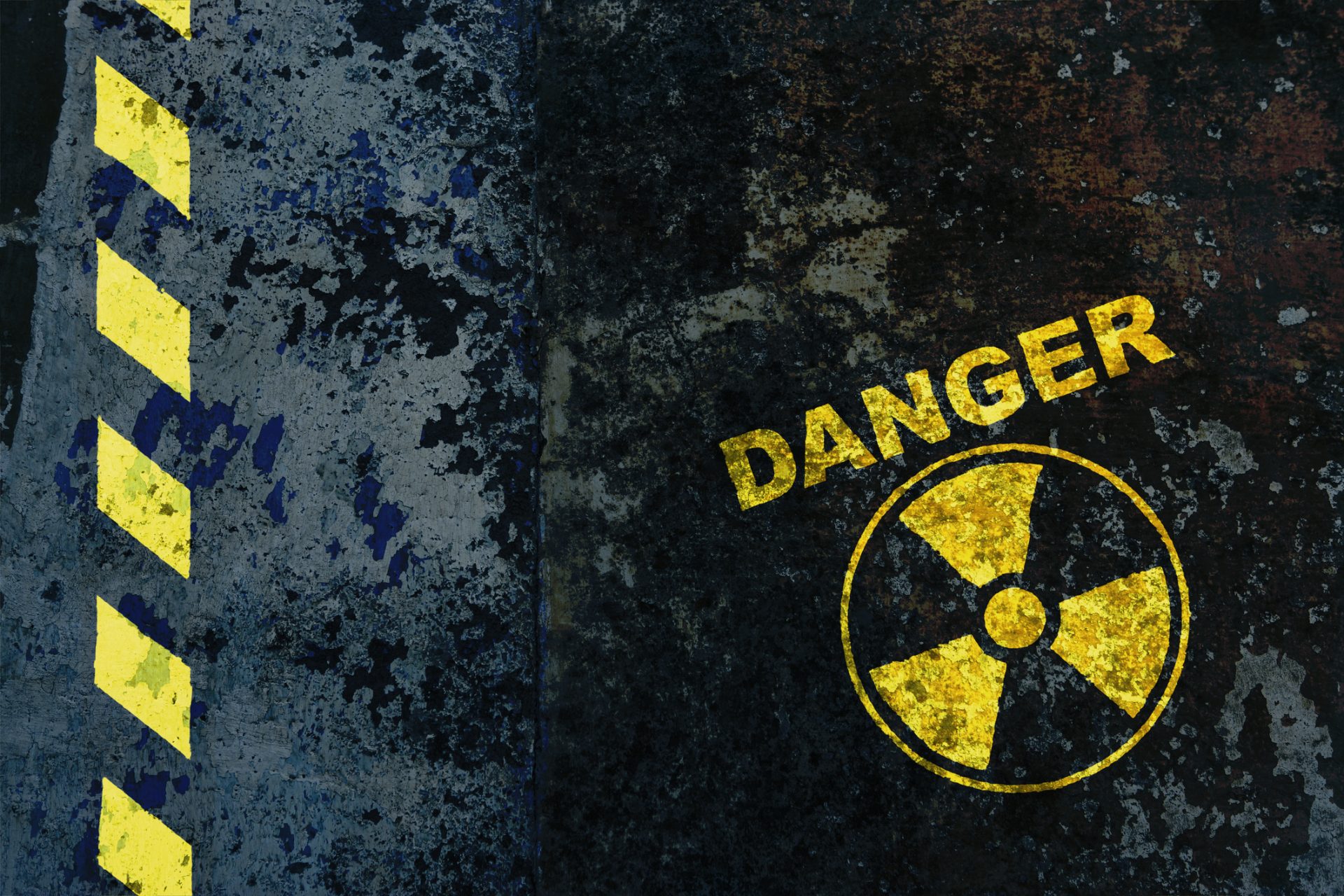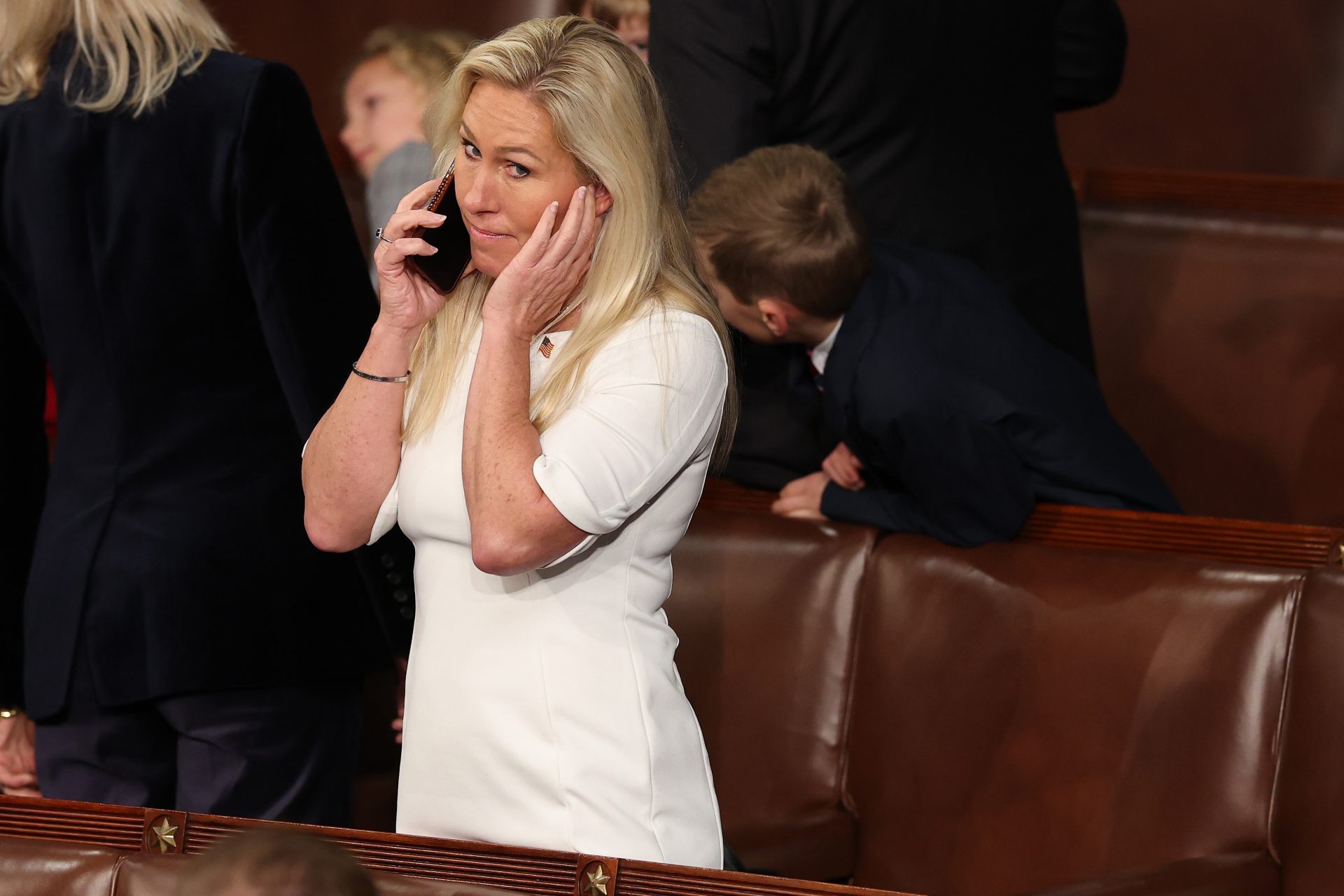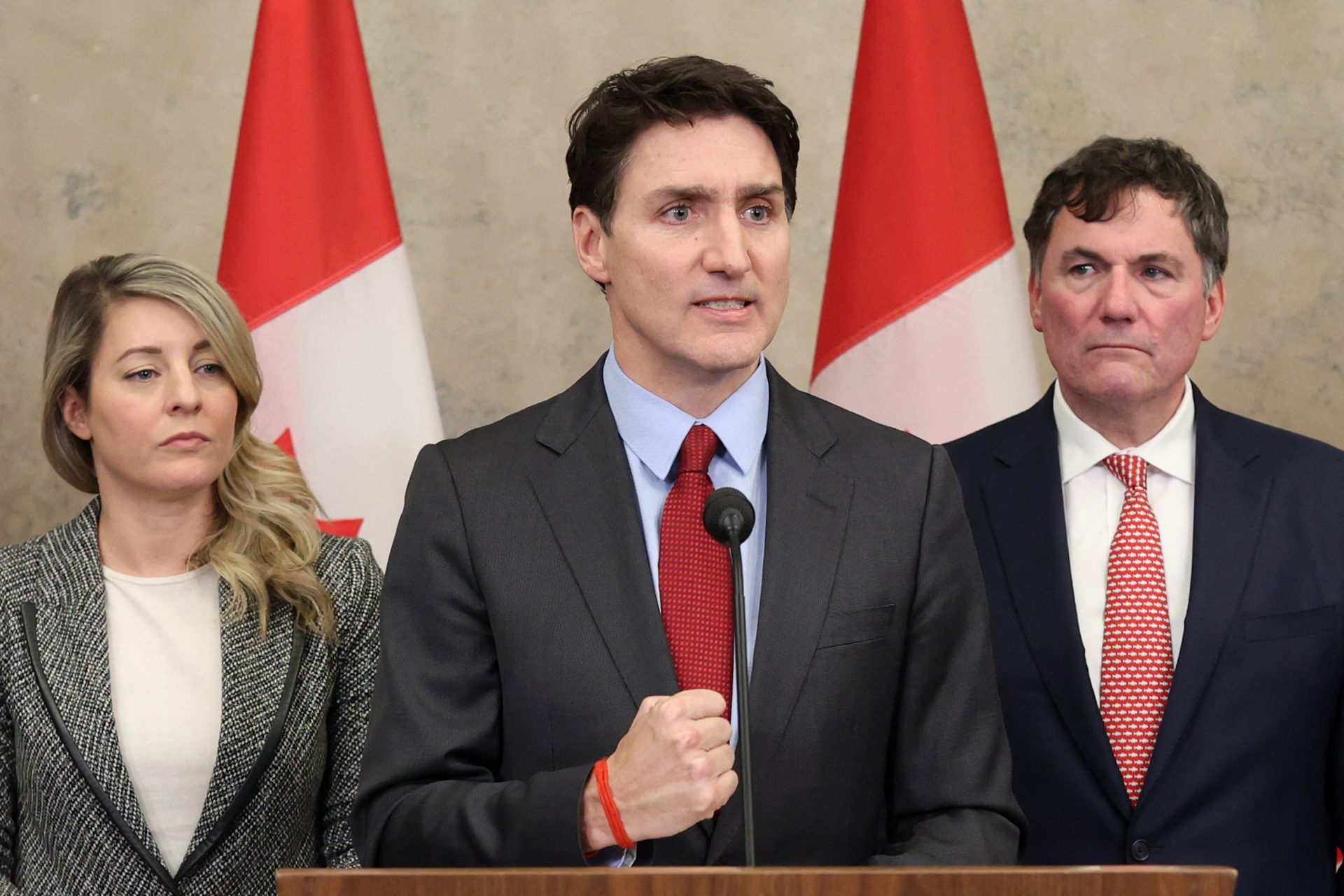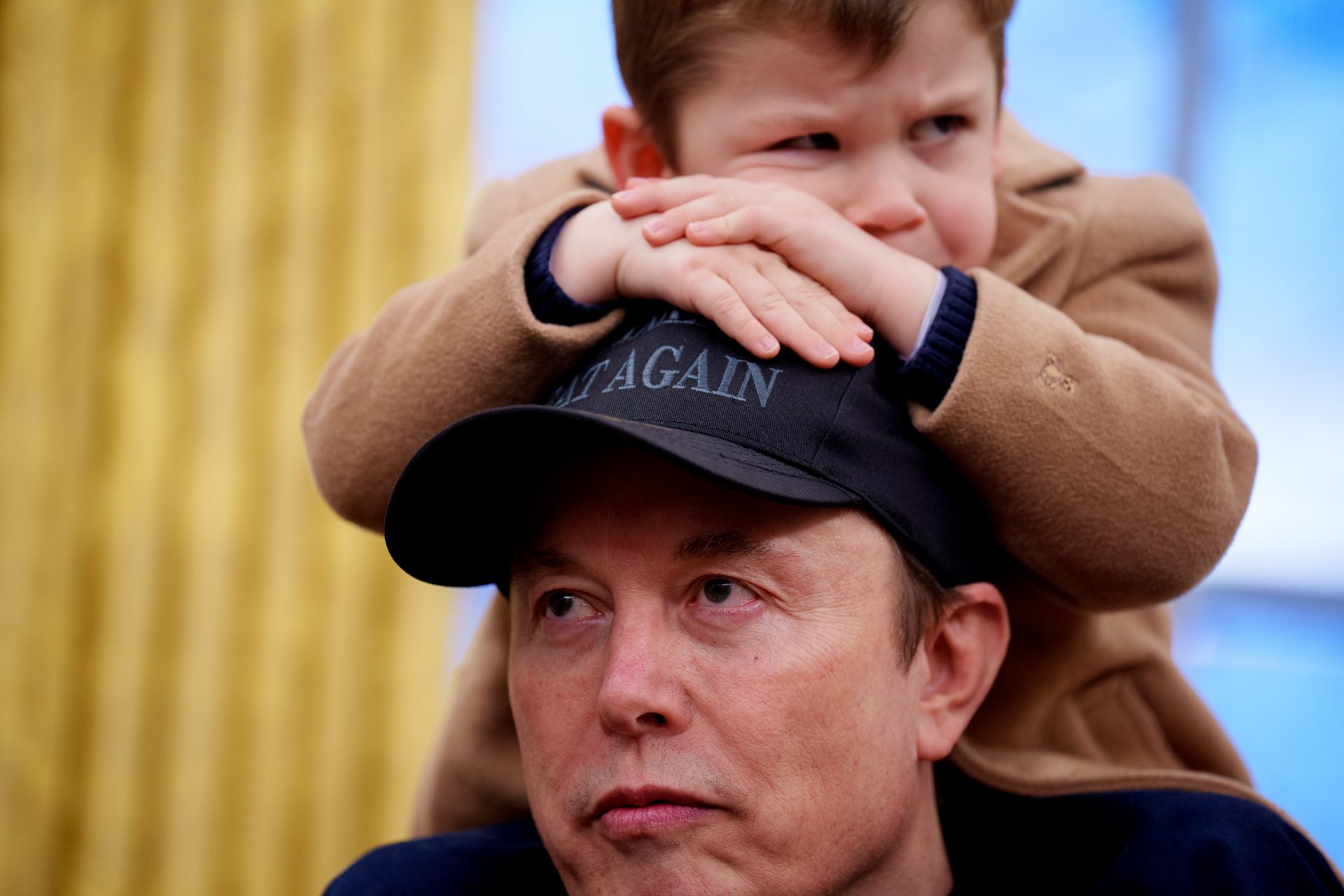How catastrophic would a nuclear war be between Russia and the US?
Following Russia's invasion of Ukraine, the danger of global nuclear war between superpowers is the highest it's been since the Cold War. But how would such a conflict unfold today?
Everybody knows that once the first missiles were fired, it wouldn’t be long before much of the human race was annihilated. Yet, few people truly understand just how bad such a conflict would get in a matter of hours.
Would you have a chance of surviving a nuclear conflict? And could the human race live on after the world experienced its first global nuclear war? Let’s explore the science and examine how such a war would unfold.
Current predictions about global nuclear conflicts tend to focus on a war between Russia and the United States due to the sheer amount of nuclear weapons that each of these countries have in their arsenals.
Recent estimates from the International Campaign to Abolish Nuclear Weapons noted that Russia currently has 5,997 nuclear warheads at its disposal while the United States harbors an arsenal of 5,428 warheads.
In addition to the counts from Russia and the United States, the world’s other nuclear powers can bring a further 1,087 nuclear warheads to bear in any possible conflict. But that doesn’t mean they wouldn’t be bad.
The use of a single nuclear weapon could destroy an entire city as well as most of its inhabitants, so a nuclear war between Russia and the United States could target most major cities and kill hundreds of millions.
Total destruction of most of the world’s major cities would actually only take roughly ten minutes according to Time Magazine, which reported that ballistic missiles from Russia and the United States would fly that quickly.
The reason why cities would be targeted first in global nuclear war is because they tend to be home to major military facilities and their destruction early on in any nuclear battle can “stymie the enemy’s post war recovery.”
Follow-up strikes on military command and control centers and nuclear launch facilities in both countries and land-based intercontinental ballistic missiles would destroy most of these targets half an hour after their launch.
The reason why much of the world would be affected by a nuclear war between Russia and the United States has to do with the current global alliance system. The NATO Article 5 clause would bring the whole alliance to America’s side.
Russia wouldn’t be facing off against just the United States but also NATO's 30 other member states, which means much of Europe and North America would be targeted. The United States would likely also target Russia’s allies.
In such a scenario, it could be assumed that Asia could be untouched. But not being hit by nuclear weapons might not save those who survived the first global nuclear war from a terrible fate, something far more sinister awaits survivors.
A 2022 study published in the journal Food Nature found that atmospheric soot resulting from nuclear detonations, commonly referred to as ‘nuclear winter,’ would alter the world climate and kill as many as 5 billion people.
However, nuclear winter is a concern that should worry you beyond the possibility of war between Russia and the United States. The study’s authors found that even a regional nuclear conflict between India and Pakistan could result in 2 billion starvation deaths.
“Two years after any nuclear war—small or large—famine alone could be more than 10 times as deadly as the hundreds of bomb blasts involved in the war itself,” the Bulletin of Atomic Scientists reported in a 2022 article on the topic.
If nuclear war between Russia and the United States did break out, the Bulletin of Atomic Scientists estimated that 360 million people would be killed in the first few hours of the conflict while survivors would be left to deal with the fallout.
Radiation would be of paramount immediate concern but another issue less often talked about is the utter volume of wounded individuals that could not be cared for following a nuclear exchange between Russia and the United States.
“A single nuclear explosion might produce 10,000 cases of severe burns requiring specialized medical treatment; in an all-out war there could be several million such cases,” Ferenc Dalnoki-Veress and Richard Wolfson of the MIT Press Reader noted
“Yet the United States has facilities to treat fewer than 2,000 burn cases — virtually all of them in urban areas that would be leveled by nuclear blasts,” Dalnoki-Veress and Wolson continued, adding that the wounded would eventually succumb to their injuries.
Those hurt with fractures, lesions, crack skulls, and missing and damaged limbs would likely all result in the same fate as the normal order of society collapsed in the aftermath of a global nuclear conflict.
If a global nuclear war ever kicked off, it would be the single worst event in human history. Hundreds of millions would lose their lives quickly, even more people would suffer and succumb to their injuries, and billions would eventually die from starvation.
More for you
Top Stories




